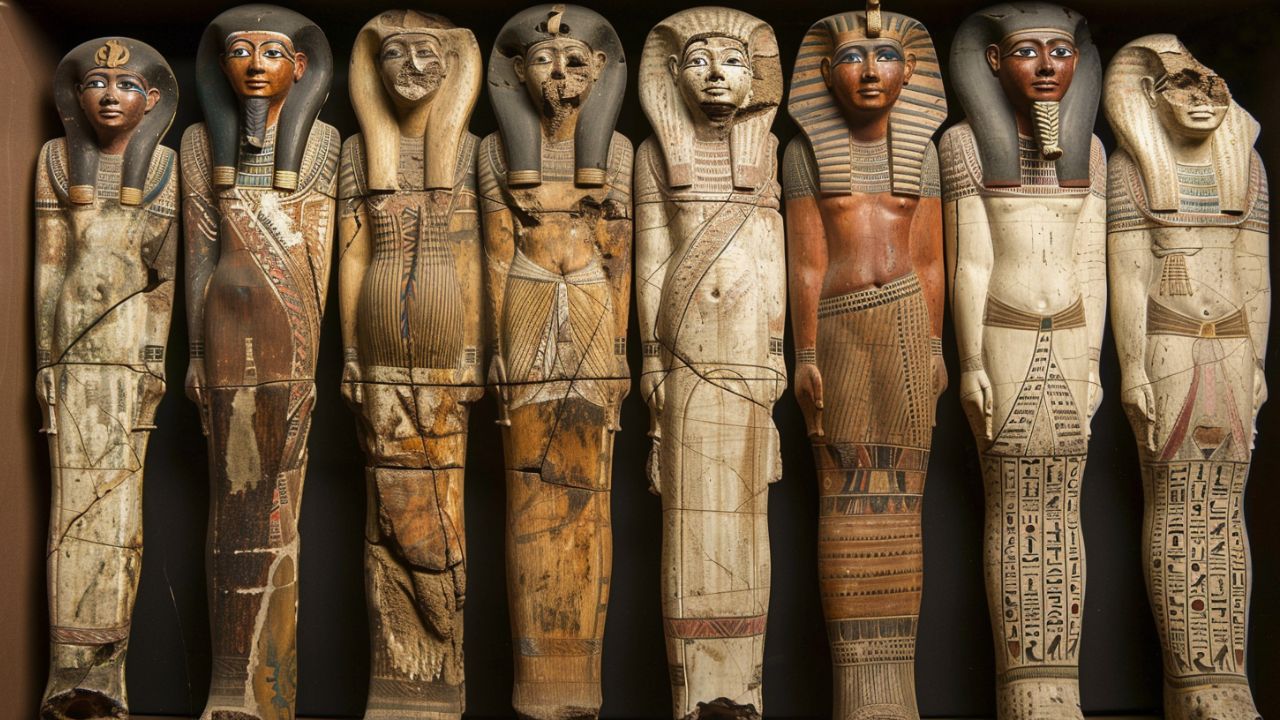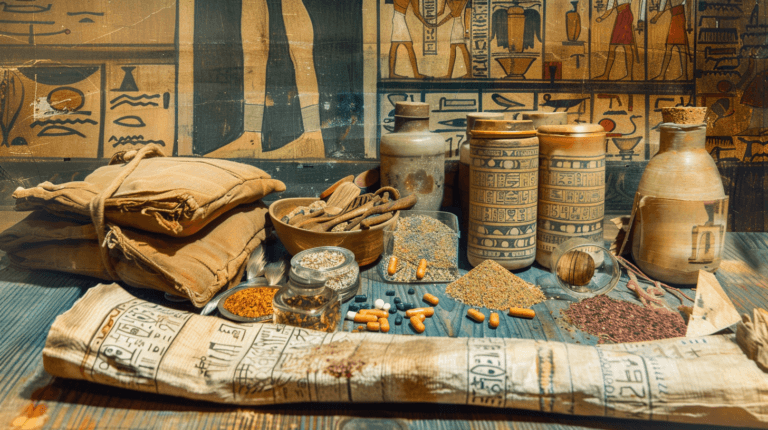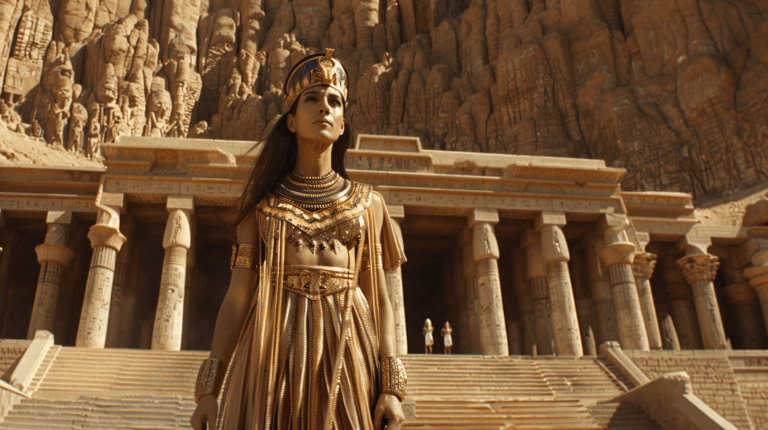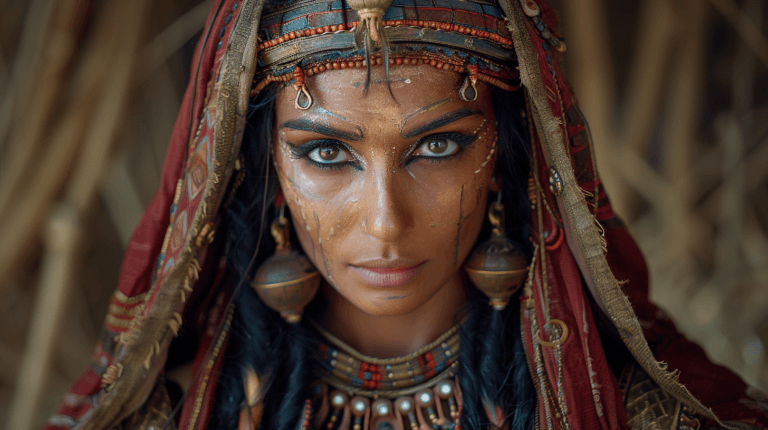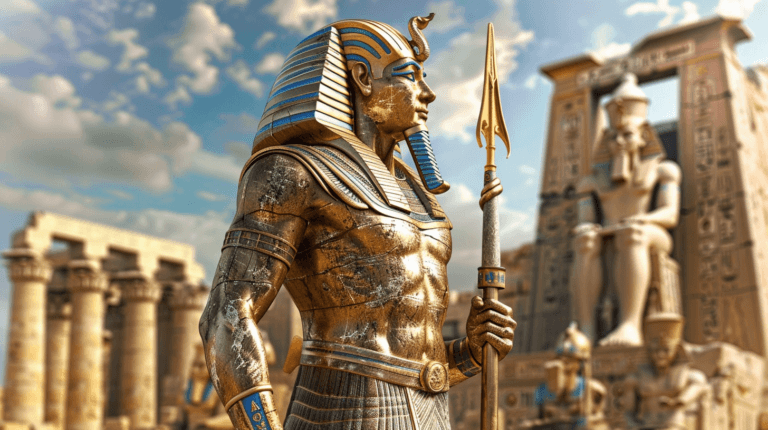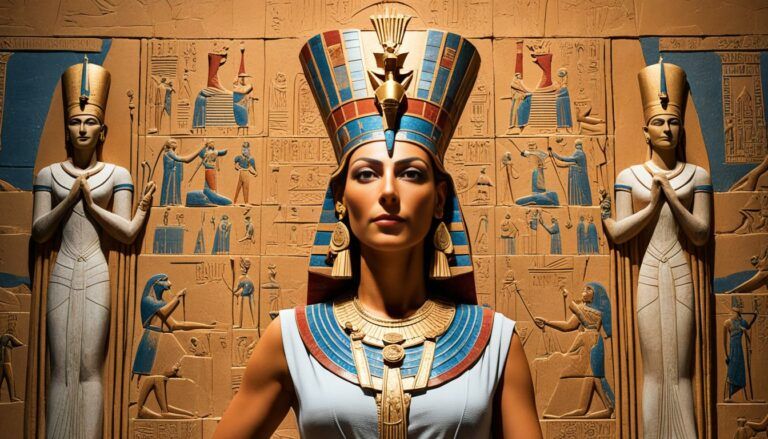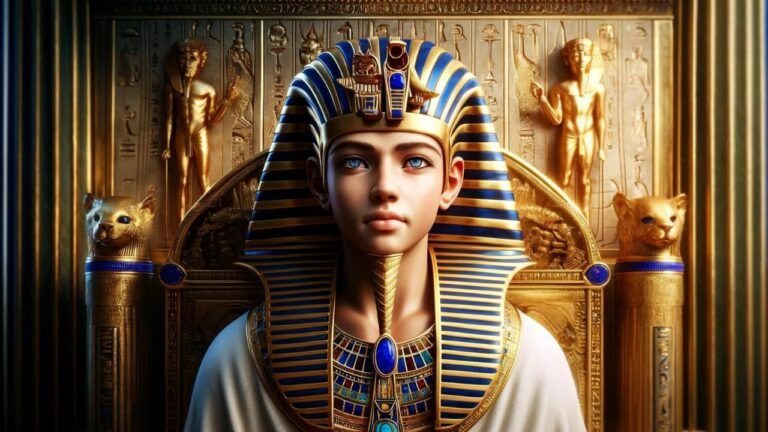What Was the Ancient Egypt Mummification Process?
I’ve always been fascinated by mummies. There’s something about the way they connect us to the past that turns history into a tangible mystery. Many of us think of mummies as these wrapped entities from ancient Egypt, but the truth stretches far beyond the sands of the Nile. Mummies give us an eerie yet compelling window into the beliefs, practices, and daily lives of people who walked the Earth thousands of years ago. Let’s unpack ‘what was the Ancient Egypt mummification process!

Did you know that mummification wasn’t reserved only for humans? In Egypt, animals were often mummified, too. Imagine a crocodile or a cat wrapped up for the journey to the afterlife, which the Egyptians thought was pretty important.
Plus, while some mummies resulted from elaborate embalming techniques, others formed naturally in the right environmental conditions—extreme cold or dryness could preserve a body just as well.
Throughout my digging into mummy lore, I’ve found some odd bits of trivia. For instance, the word ‘mummy’ itself comes from the Persian word for ‘bitumen’, a substance they believed was used in the preservation process.
And did you know that to make room for the afterlife, mummies had their brains removed? Yet, they left the heart in place, considering it the seat of the soul. With such intriguing facts, it’s no wonder that mummies continue to captivate our curiosity, revealing much about our conceptions of life and death.
Origins and Methods of Mummification

When discussing mummies, it’s essential to understand how various cultures across the world preserved their dead. Each had its unique set of goals, materials, and spiritual implications tied to the art of mummification.
Ancient Egyptian Practices
Ancient Egypt is famous for its mummies. I’ve learned that the Egyptians mummified their dead as part of a complex process to prepare them for the afterlife. The mummification process involved removing internal organs, which were often stored in Canopic Jars made specifically for this purpose. The body was then desiccated using a natural salt called Natron, which effectively dried out the tissue and prevented decomposition.
Embalming was another crucial step, in which the corpse was treated with oils and resins. Throughout the process, copious amounts of Linen were used to wrap the body, with some mummies found with enough linen to cover several tennis courts. The wrapping often included amulets and other protective elements to guard the spirit in the afterlife.
Mummification Around the World
While Ancient Egypt gets much of the attention, they weren’t the only ones practicing mummification. Take the Chinchorro culture in South America, for instance, which predates Egyptian mummification by thousands of years. Their mummification process, notably simpler than the Egyptians’, still aimed to preserve the dead, often involving methods of drying and sometimes smoking the bodies to achieve preservation.
Other cultures also created mummies through environmental conditions such as extreme cold or aridity, which resulted in natural preservation. These methods were less about the ceremonial aspects and more about the chance conditions that kept the bodies from decomposing.
Materials and Techniques
The materials used in mummifications speak volumes about the cultures themselves. Ancient Egyptians used Bitumen during the embalming process, a sticky substance that may have been linked to the word ‘mummy’ itself, which comes from the Persian word for ‘bitumen.’ As for the techniques, here’s a fascinating one: the brain was sometimes liquefied and removed through the nasal passage with a metal tool. Yup, sounds intense, right?
Tissues in the body were preserved not only by drying but also through the use of various resins and balms. These substances often contained antibacterial properties that further protected the body. Committing these practices was labor-intensive and reflected the Egyptians’ profound belief in an afterlife where the physical body had to be maintained.
Cultural and Historical Insights

Mummies give me incredible insights into past cultures, practices, and advancements in medicine. Here’s a quick glance at what their study reveals about rituals, discoveries, and famous individuals.
Rituals and Beliefs
In ancient Egypt, mummification was integral to their beliefs about the afterlife. The Egyptians preserved bodies because they believed the soul (Ba) and personality (Ka) needed to return to the same body. Hieroglyphics and artifacts from tombs and pyramids suggest that the heart was left inside the mummy because it was considered the seat of intelligence and emotion, playing a crucial role in the afterlife.
Scientific Discoveries Through Mummies
Studying mummies allows me to peek into ancient medicine and health practices. Through advanced technology like CT scans, I’ve discovered diseases, DNA info, and diet details that show the evolution of human health. For example, analysis of the Iceman, Ötzi, offers a detailed view of Copper Age Europeans’ lifestyles.
Famous Mummies and Their Tales
Tutankhamun, the boy pharaoh, thrills me due to his nearly intact tomb discovered by Egyptologist Howard Carter in 1922. The mummy and its wealth of grave goods revolutionized my understanding of Egyptian funerary practices. In China, Lady Dai’s well-preserved mummy has given me insights into Han Dynasty preservation techniques and culture.

So, we’ve been chatting about mummies, and I’ve got to say, it’s been quite the adventure. I’ve laid out some curious tidbits that range from the artistic to the scientific, and even slipped in a few that might make you go, “Huh, didn’t see that coming.”
I’m struck by how mummies are like time capsules, telling us stories from eons ago. They show us how folks back then dealt with the big question of what happens after we take our final bow. Whether through the elaborate rituals of the Egyptians, the simple yet effective methods by the Chinchorro, or the accidental creations by nature, mummies connect us with the past in a tangible way.
Let’s level here—mummies can be a little unsettling. But they’ve also been key in learning about ancient health, culture, and believe it or not, fashion. They teach us about the lengths humans will go to respect and remember the ones they’ve loved.
What Was the Ancient Egypt Mummification Process?
My final thoughts? I think mummies deserve a nod for their role as educators and reminders of our shared history. It’s wild to think about the reverence and effort that went into preparing someone for the next stage, whatever that might be. Gives you some perspective, doesn’t it?
Here’s to mummies for keeping the mystery of ancient civilizations wrapped up in linen—and intrigue. Cheers!

